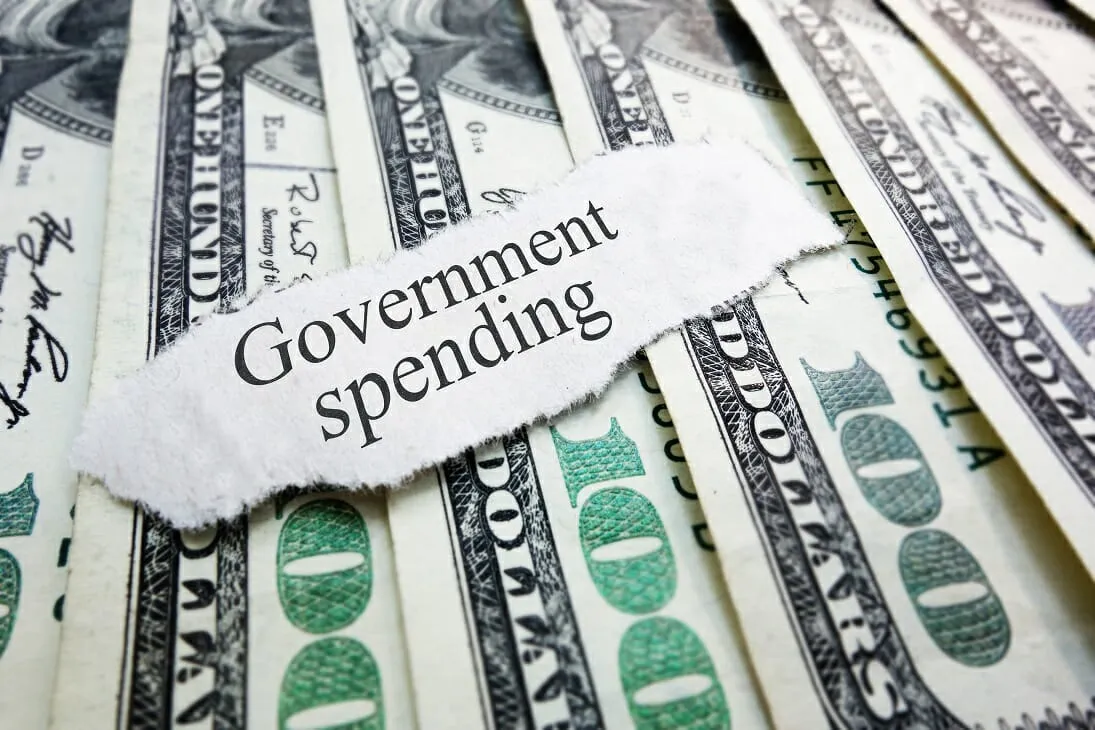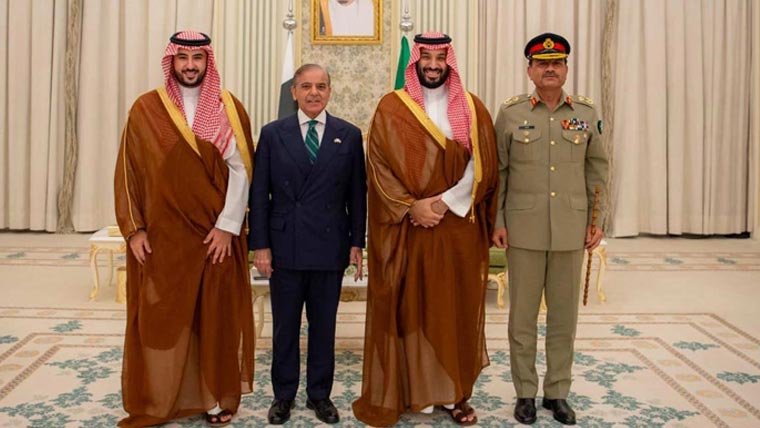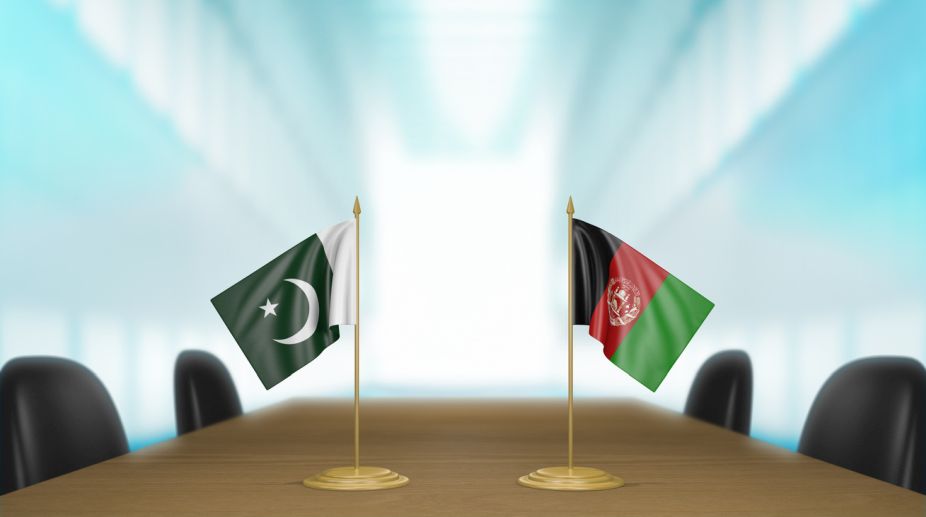Zafar Iqbal
In a critical moment for Pakistan’s fiscal future, Prime Minister Shehbaz Sharif on May 18, 2025, constituted a committee to finalize the federal Public Sector Development Programme (PSDP) for the upcoming financial year. The move, though routine on the surface, has reignited long-standing concerns about Pakistan’s chronic underinvestment in long-term development, and the widening gap between political ambitions and economic realities.
Federal ministries requested a whopping Rs2.8 trillion for ongoing and new development projects. Yet, the Planning Ministry, recognizing the nation’s tight fiscal limits, proposed Rs1.5 trillion — itself a trimmed-down figure. The real shock came from the Finance Ministry, which under IMF constraints, stated it could allocate no more than Rs1 trillion — a staggering Rs400 billion reduction from the current year’s allocation.
This tug of war between ministries and external lenders illustrates a broader dysfunction in Pakistan’s fiscal planning: development targets continue to be shaped more by optics than by capacity or priorities.
At the center of this clash lies the International Monetary Fund (IMF) and the stringent economic conditionalities Pakistan must observe under its ongoing program. The IMF demands fiscal discipline, reduced deficits, and tight public spending — all of which run counter to the political urge to expand development programs that are visible, tangible, and electorally profitable.
Federal Minister for Planning Ahsan Iqbal, while chairing the Annual Plan Coordination Committee, admitted as much: there is no room to expand PSDP without breaching IMF obligations. By 31 May 2025, even the budgeted PSDP had already been cut down by Rs300 billion, bringing it to Rs1.1 trillion. But the real eye-opener? Only Rs596 billion had actually been utilized in the first 11 months of the fiscal year.
This massive under-utilization — a shortfall of Rs806 billion — isn’t just about missing funds. It exposes a structural weakness in project planning, fund disbursement, and the capacity of ministries to absorb development budgets. Year after year, governments announce inflated PSDP figures only to silently slash them before fiscal year-end to meet IMF-agreed deficit targets.
This pattern is not new. Successive administrations, including those of PML-N, have consistently used overstated PSDP allocations as a political signaling tool — a symbolic commitment to development. But when financial pressures mount, as they invariably do, these same commitments are the first to face the axe.
This disconnect creates a vicious cycle of unrealistic planning, delayed execution, and public disillusionment. And 2025 is no exception: the Rs806 billion shortfall is one of the largest in recent years, reflective not only of fiscal tightness but also of an over-centralized, under-coordinated system of development planning.
Historically, governments in Pakistan — and particularly the PML-N — have prioritized physical infrastructure projects such as highways, bridges, and energy installations. These are politically popular and publicly visible, making them ideal for electoral narratives. But they often come at the cost of social infrastructure — education, healthcare, clean water — the real bedrock of human development and economic resilience.
This skewed preference ignores global lessons, most notably that of China. While Pakistan focused on motorways, China was investing in literacy, skills development, and scientific innovation. Today, China boasts a 99% literacy rate, propelling it to become a technological superpower, with AI firms like DeepSeek offering cutting-edge solutions at costs far below their American competitors. In contrast, the US, with a literacy rate of 79% (and 54% reading below the 6th-grade level), is struggling to maintain its lead.
Pakistan, meanwhile, continues to underinvest in its people. With education still accounting for less than 2% of GDP in public spending, the country is stunting its own future. No number of flyovers can compensate for a population unequipped to compete in a 21st-century knowledge economy.
Minister Ahsan Iqbal framed this year’s PSDP process as “shaping the future,” urging the country to see opportunity amidst constraint. But rhetoric, however inspirational, must be matched with radical rethinking of what national development truly means.
If we continue the old playbook — prioritizing infrastructure over institutions, projects over people, and short-term visibility over long-term impact — we’ll remain trapped in a cycle of borrowed growth and missed opportunity.
Pakistan’s development strategy must evolve. The following steps are critical:
Realistic Budgeting: End the political gimmickry of inflated PSDP figures. Budget what can be absorbed and implemented.
Social Investment: Shift spending priorities toward education, healthcare, and human capital development.
Decentralized Execution: Empower provincial and local governments to design and execute need-based projects.
Institutional Capacity Building: Strengthen the ability of ministries and agencies to utilize development funds effectively.
Negotiate IMF programs that balance fiscal responsibility with national development needs.
No Growth Without Human Investment As Pakistan prepares its 2025–26 budget amid economic strain, the tension between external control and internal ambition has never been more obvious. It’s clear that Pakistan cannot afford to treat public development spending as a political prop. If the country truly seeks sustainable growth, economic dignity, and national pride, as Minister Iqbal claims, it must invest in its people — not just its roads.
Because in the long run, bridges alone can’t carry a nation forward — but educated, healthy, empowered citizens can.














